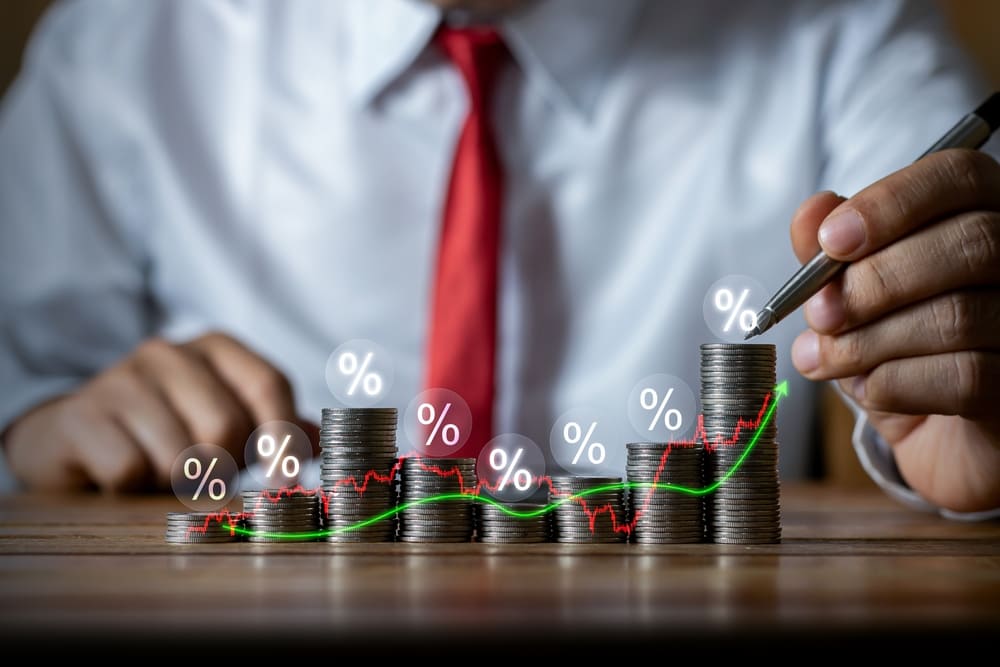
For investors seeking not only higher returns on their investments but also a reduction in the risk of exposure to a single market, diversifying the asset portfolio beyond national borders is a highly useful strategy for protection against economic instabilities.
The American market, for example, is known for its economic stability and variety of sectors, while the Brazilian market operates with a greater focus on commodities and financial services.
Leveraging the characteristics of each market can offer valuable lessons and growth opportunities.
Additionally, U.S. trading accounts for more than 50% of the total volume of the global financial market, a strong indicator of the country's investment culture, which results in more regulatory, infrastructure, and size differences, currencies, and taxation compared to Brazil.
In 2023, according to a report by B3, over 60% of the American population held some stock in their portfolio, while only 4% of Brazilians invested in assets in the same manner.
The American market, including the NYSE and NASDAQ exchanges, has a combined value exceeding $40 trillion, compared to approximately $1 trillion for B3 in Brazil.
In the USA, investors have access to a wide range of assets, including stocks, bonds, mutual funds, ETFs, commodities, and cryptocurrencies, while in Brazil, the options are more limited, primarily focusing on stocks and fixed-income securities.
The SEC (Securities and Exchange Commission) in the USA provides a more robust and comprehensive regulatory environment compared to the CVM (Comissão de Valores Mobiliários) in Brazil, offering greater protection and structure for investors.
While the American market benefits from multiple exchanges and a decentralized infrastructure, Brazil centralizes its operations in B3.
Rate differences can significantly impact the net return on investments. Therefore, considering the various transaction fees, fixed-income rates, IOF (Tax on Financial Transactions), hedging costs, and management fees is essential for planning the actual gains from investments.
In the USA, transaction fees for buying and selling stocks are generally lower than in Brazil, but the economic context of a more stable market can bring higher financial returns.
Investors who diversify their portfolios internationally achieve a balance between risk and return.
These companies, with global operations diversified across various market segments, offer stability that mitigates risks while maximizing growth potential.
 por Agência de Marketing Digital
por Agência de Marketing Digital
 Upside Investment © 2025
Upside Investment © 2025